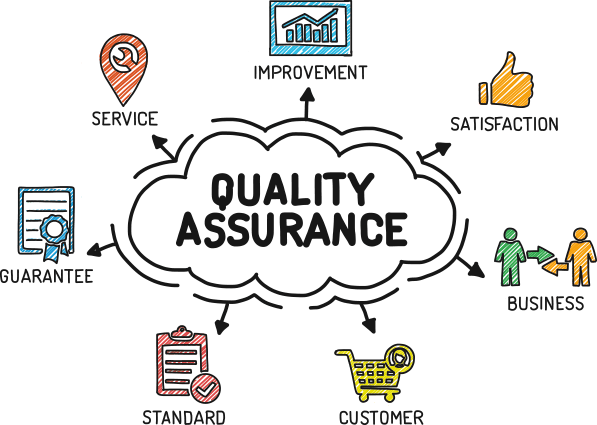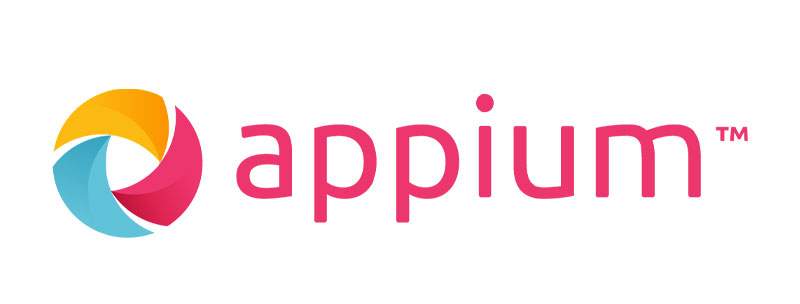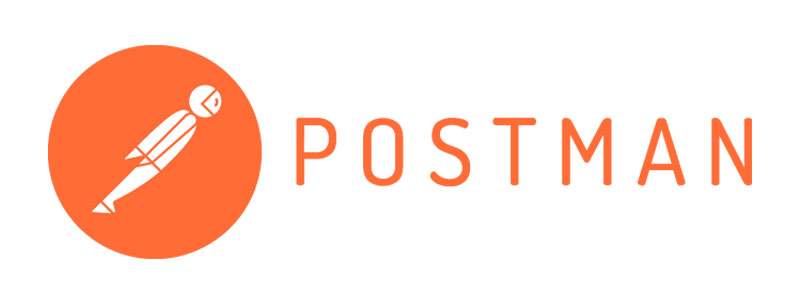Get Appointment
- contact@wellinor.com
- +(123)-456-7890

Quality Assurance
Being forewarned is being forearmed. In this dynamic, fast-paced, impatient and on-its-toes world of technology, your customers have no room or slack for anything going awry – no matter how tiny or for how many nanoseconds. They need their experience right, every single time and thoroughly so.
How Vuesol Works?
Quality is an integral part of applications and software. It is not a post-mortem exercise anymore but something that runs interstitial and consistent throughout the software development and use cycle.
Our teams and tools are always, and relentlessly, working to ensure high-quality software that does not conk off or throw expensive surprises when you least expect them. Unless the software is ruthlessly tested, we never rest and let it out of our sight. It has to delight your users consistently and excellently under all pressures, circumstances, and constraints.

We Promise This Confidence Across
Our Key Offerings
FAQ's
What are the benefits of quality assurance?
The benefits of quality assurance are as follows:
1. Empower agents: The backbone of your customer service is made up of agents. There are several ways for Quality Assurance to improve.
2. Improving your management approach: Escalation paths can be more clearly defined by quality assurance, or they can even be created from scratch with your assistance. In other words, effective quality assurance strategies will align the expertise of your team and have everyone on the same page.
3. Coordinating agents with corporate objectives: Agents need to understand that their employment encompasses more than just providing information, carrying out orders, and resolving problems. A strong QA program emphasizes the connection between agents' successes and business objectives, demonstrating the significance of their work for the “greater good".
What are quality assurance processes?
All project participants must follow procedures, processes, standards, templates, test readiness assessments, and quality assurance guarantees this. Customer and project affect quality assurance service. The effectiveness of team managers or team leads, comments from developers, and coordination of communications between testers and developers' engineers with customers will all be important factors.
What are the components of quality assurance?
The practice of reviewing a service's delivery or a product's quality management during production is known as quality assurance. You can find errors before they reach the customer by checking your products or services at the manufacturing or distribution stage. During this phase of quality control management, you should review your product or service using the following steps:
1. Verify that everything is functioning as it was intended throughout the quality planning phase.
2. Analyze the efficiency of your predetermined procedures and verify that all requirements for compliance are being satisfied.
3. Note any knowledge gained.
4. Determine the areas where a smoother procedure might be possible.
What is quality assurance services?
To reach their business goals, organizations need a quality standard to be established. Your goods and services are more competitive in the market because of their quality. Software Quality Assurance Services ensure that your program is running smoothly and providing a flawless user experience.
How quality assurance helps in business growth?
Quality Assurance is certainly crucial to the growth of your company. It is a procedure that lowers the possibility of errors while ensuring the integrity of your goods and services. It guarantees that everything that leaves the company is worthwhile for the consumers' money and time.
What are the challenges in quality assurance services?
The most common of those challenges faced by any quality assurance services are as follows:
1. Unstable Environment: Most of the time, QA teams have to deal with unstable environment setup difficulties for which we need to be prepared. When testing or other activities necessitate frequent restarts, the server occasionally becomes overwhelmed and becomes stuck.
2. Documents Developed for Testing by Others: When it comes to QA, starting from scratch is quicker than using a document that has already been written. Utilizing test cases developed by others lengthens the verification process and restricts the ability to find flaws.
3. Incorrect testing prediction: Some software estimations, while attempting to produce an accurate estimate, may be completely random and incorrect. Like developers, QA is not immune to unforeseen problems to the same extent.
4. Bug fixing While Testing: QA engineers and developers should collaborate closely. Once a stage of the development process is complete, testing should be carried out, and then bug remediation should begin. Only after QA submits a test report does debugging start.





